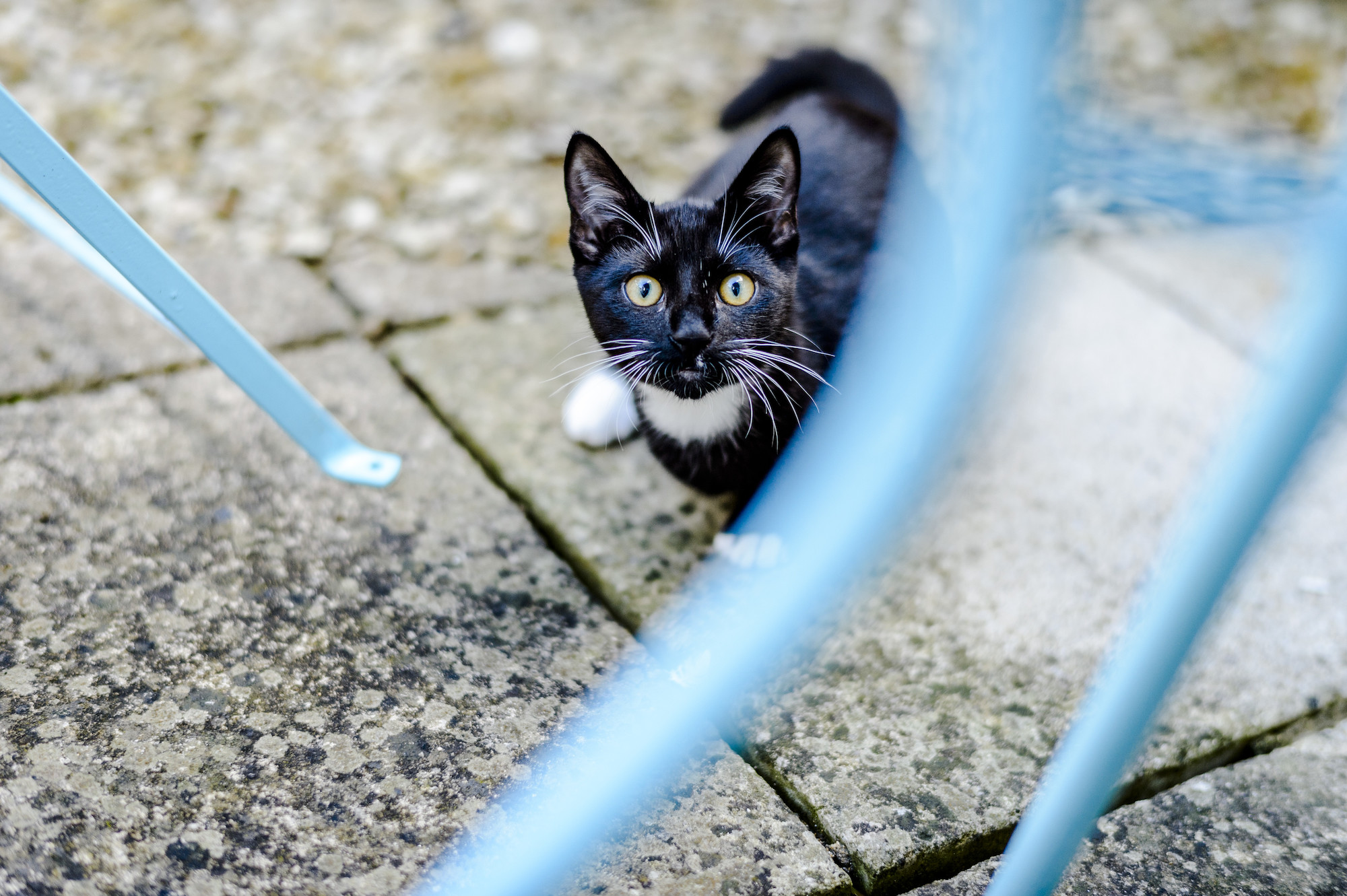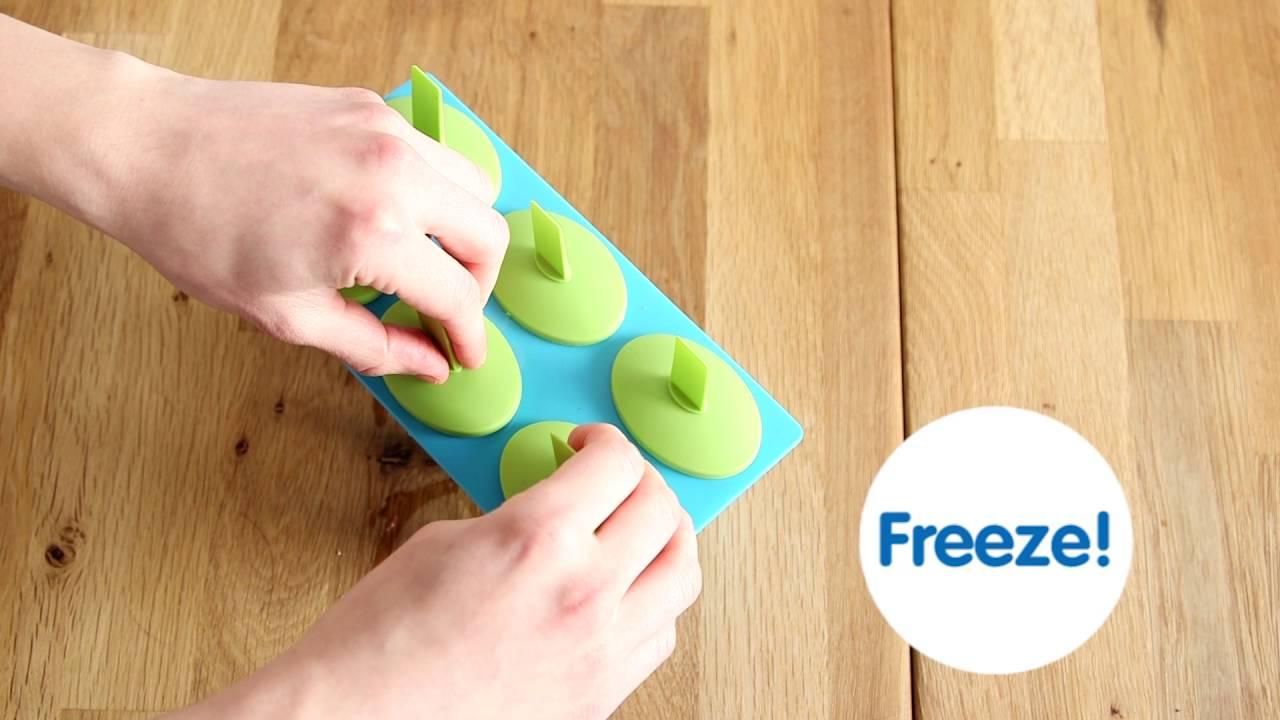
Top tips for keeping your cat cool in summer
Keep your cat cool and safe during the summer months with our top tips.
When the heat arrives, not only can cats feel hot and bothered, they're also more at risk of heatstroke. While cats often seek the shade to keep themselves cool, there are some steps you can take to keep your cat safe.
Keep your cat hydrated
It's important to keep your cat hydrated to prevent dehydration during hot weather. If your cat needs some encouragement to drink water, here are some tips:
- Move their water bowl away from their food bowl and litter tray – many cats do not like to drink water near their food or toileting area, so moving their water away may encourage them to drink
- Experiment with different water bowls – some cats may prefer ceramic or metal bowls over plastic. Try different types of bowls and place them in different areas to see if your cat has a preference. You can also try different bowl sizes, as many cats prefer larger bowls filled to the brim.
- Provide a running water source – some cats prefer to drink from running water. Try offering them a drink from your tap, or consider investing in a water fountain for your cat.
- Provide plenty of water bowls indoors and outdoors – this will give your cat constant, easy access to fresh water
- Collect rainwater – many cats prefer to drink rainwater instead of tap water. Place a bowl outside to catch rainwater, or fill up a bowl from a water butt.
Create ice treats
Ice lollies are the perfect way to keep your cat entertained and cool in the heat. It's easy to make an icy snack with your cat's favourite treats – all you need to do is freeze some spring water from a can of tuna, or low-salt chicken stock into an ice lolly mould.
Find more ice recipes for your cat.
Play with ice cubes
Ice cubes can provide a whole world of fun for cats. Pop some ice cubes on a hard floor and watch your curious cat bat them around the room.
As well as cooling down their paws, which is where cats absorb and lose heat, ice cubes provide enrichment on days when it’s best to keep your cat indoors, out of the heat.
Provide shade
Cats will seek shade during hot weather, so it's a good idea to provide plenty of shaded spots in your garden. Trees, shrubs or sun sails are the best way to create shade. You could also try placing your cat's favourite bed in shaded areas to encourage them to keep cool. But keep in mind that cats may avoid their warm, cosy beds altogether in the summer.
Cooling mats and ice packs
Placing a cooling mat in your cat's bed is a great way to keep them cool. There are a wide range of cooling mats for pets available, but you can get a similar effect by wrapping freezer blocks, or ice packs in a blanket.
Make use of wet towels
Most cats hate getting wet, so they’re unlikely to want to take a dip in water. But dampening a small towel with cool water and dabbing it over your cat's fur can bring some relief from the hot weather. You could also try stroking your cat with wet hands.
Keep on top of grooming
Excess fur on your cat will trap heat. Grooming your cat daily to remove the dead hair will make them feel more comfortable during a heatwave.
You may also notice that your cat is grooming themselves more than normal – this is nothing to worry about. When your cat's saliva evaporates off their fur, it cools your cat down.
Know when to keep your cat indoors
When the weather is particularly hot, it's best to keep your cat indoors during the hottest parts of the day. Early in the morning and late in the evening are the best times to let your cat explore outdoors, as this is when the weather is coolest. Playing with your cat can keep them entertained when staying in.
You can also keep it cool inside by keeping curtains closed to block out the sun, while using a fan – this will create a cool room for your cat to sleep in.
Note
It's especially important to keep older or poorly cats inside during hot days, as they are sensitive to the heat.
Be cautious of open windows
Many curious cats fall out of open windows when seeking a cool breeze indoors, causing serious injuries when falling from a height.
You can keep your cat safe by installing tip and tilt windows, which allow air into the room without offering access outside. You can also place wire mesh, netting or a screen over your open windows to prevent your cat from falling out.
Important
If your cat falls from more than one storey, contact your vet. Even if your cat appears to be fine, there is a risk of internal injuries.
Check sheds, greenhouses and garages
Cats are notorious for their ability to sneak into troublesome places. This can be a problem during the summer months, as they can get trapped in hot rooms with no ventilation. This is very dangerous, as it can quickly cause heatstroke.
Before you lock up, remember to check any greenhouses, sheds or garages to make sure your cat is not hiding in there.
Use pet safe sun cream
Cats with light coloured fur are vulnerable to sunburn, particularly on the tips of their ears, their nose and areas where their hair may be sparse. Sun damage can lead to skin cancer, so prevention is better than cure.
The best prevention is to keep your cat indoors when the sun is at its strongest, between 11.00am and 3.00pm. You can also use a pet safe sun cream to cover vulnerable areas such as their ears and nose.
Important
Contact your vet if your cat’s skin looks sore, crusty or scaly.
Know the signs of heatstroke
Heatstroke occurs when your cat becomes dangerously overheated. While most cats seek shade to avoid becoming overheated, if your cat gets trapped in a hot area, such as a greenhouse or a shed, they can develop heatstroke.
Signs of heatstroke in cats
If left untreated heatstroke can quickly become fatal, so it's important to be able to recognise the symptoms. Signs include:
- Collapse
- Excessive panting
- Dribbling
- Vomiting
- Diarrhoea
If you think your cat is suffering from heatstroke, contact your vet immediately while cooling them down. You can do this by moving them to a cool place with a draught, and gently wetting their coat with cool (but not freezing) water.
Note
Keep a close eye on older cats, cats who are overweight and breeds with flat faces (also known as brachycephalic), as they are more likely to suffer with heatstroke.
Page details
Reviewed
• 21 June 2023
Next review
• 22 June 2026







